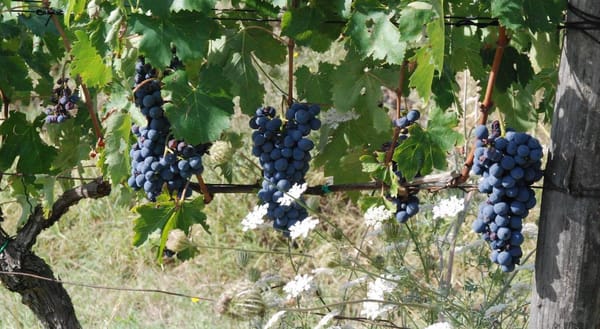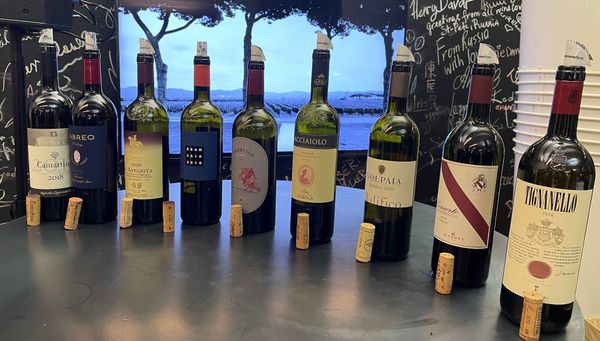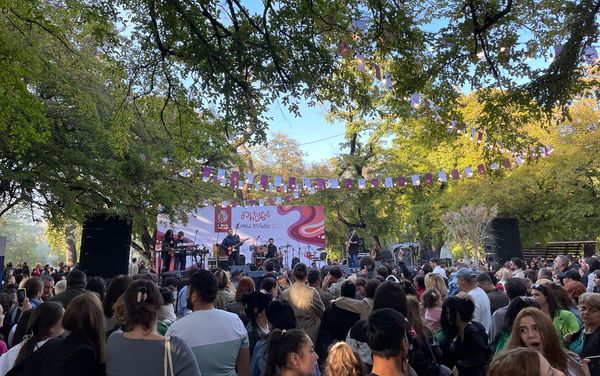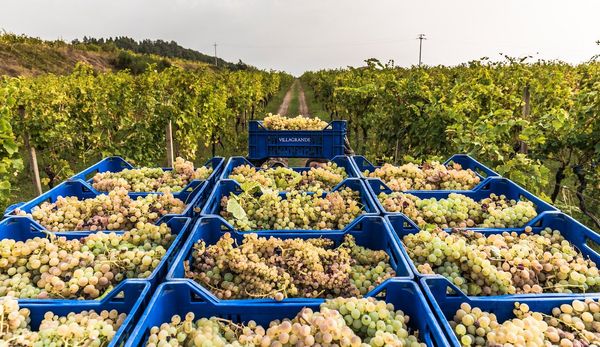Heroic viticulture in the hills of Conegliano and Valdobbiadene
I look at the growing interest around single vineyard Prosecco and contemplate the significance of heroic viticulture. How important is terroir in the Conegliano-Valdobbiadene DOCG appellation and can we taste it in the glass?
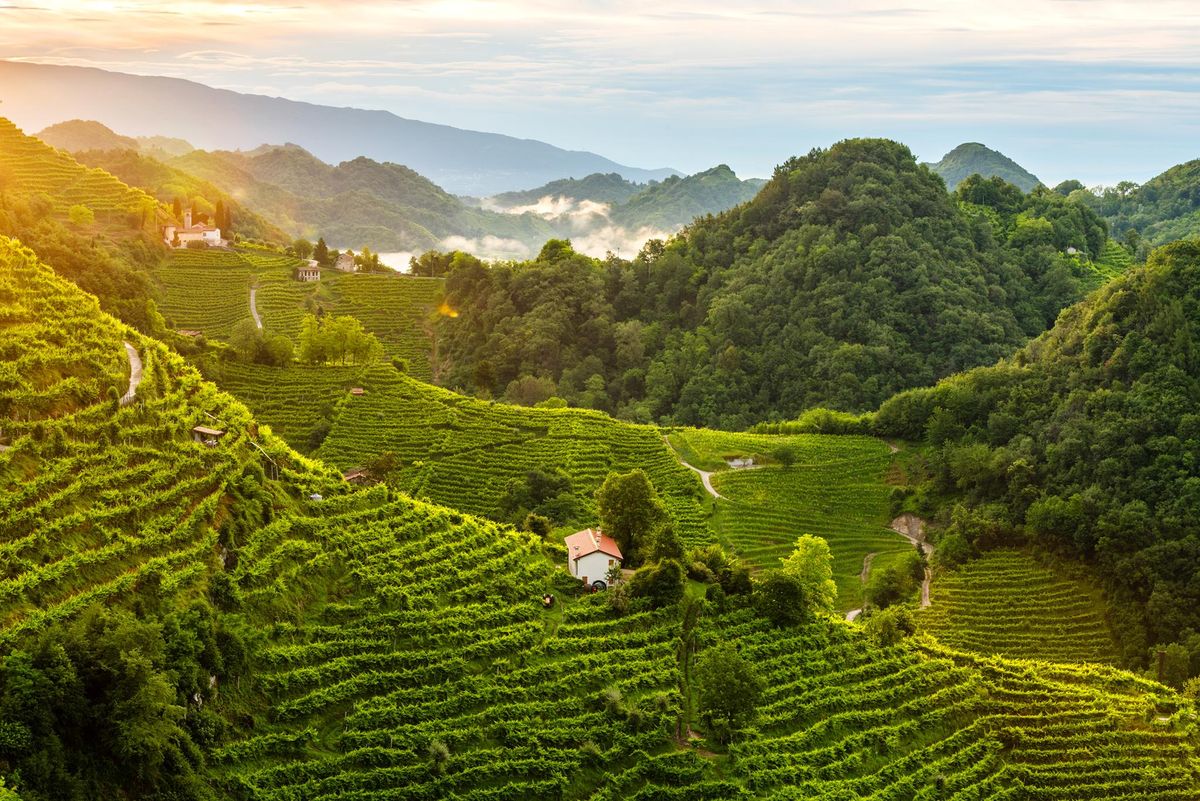
Heroic viticulture is an endearing term and one that is rapidly catching on in the wine world. It is used to highlight the formidable amount of field labour needed to farm steep, mountainous hillsides, such as that employed around the villages of Conegliano and Valdobbiadene, the origin of Italy’s premium Prosecco wines. The notion of heroic evokes the levels of commitment and sacrifices made by vineyard workers in order to bring us their wines. We are to picture their physical and perhaps emotional struggle as they toil all year round at impossible angles and under inhospitable conditions. The implication, of course, is that such endeavours augment the finished product, and that all that effort is actually worth it.
Romance aside, is it though? To unpack this question we might focus attention on an objective analysis of the liquid in the glass. When tasted blind, free from the shackles of story and marketing spin, how do ‘heroic’ wines hold up? Do they exude a distinction worthy of the investment? Certainly, the great wines of the world deliver a multitude of nuances that reveal both distinguished provenance and process, but in the case of Prosecco, trading as it frequently does on simplicity, we might argue that it faces an unfair disadvantage. Italy’s most recognised fizz is thus an easy target for fine wine lovers, but disproportionate conversation around its fun and frivolous reputation often detracts from the delicacy that the best expressions display.
Rarely are Conegliano and Valdobbiadene wines complex, even when endowed with additional interaction with the lees, a technique increasingly employed and appreciated. The Gleragrape just doesn’t play that way. Instead, the best winemakers in the area shoot for precision, for crystalline definition, and for an amplification of harmony rather than an exaggeration of individual elements. To some extent, these attributes render Prosecco judging a simple job. Recognition of success is fairly instinctive - balance and elegance either impress or not. Yet narrowing the discussion to these points reinforces the glass ceiling that the region faces in trying to communicate, and ultimately sell, its premium wines.
Yes, an awful lot of Prosecco is not designed for greatness and never will be. Nevertheless, for those willing to see beyond the vast commercial output there is much to celebrate - notably a movement of producers that seek to maximise their territory’s incredible natural potential and create truly unique products. To better make the case for Prosecco as a great wine we must look beyond the glass and out toward its fascinatingly complex terroir. We must also look deep into the history and traditions of the region, into how these cultural contours have shaped both the rules and the stereotypes of today. What we might term heroic viticulture is in fact the very bedrock of wine production on these ancient slopes.
The picturesque towns of Conegliano and Valdobiadenne bookend some remarkable terroir. Located midway between the Dolomites and the Adriatic, mountain breezes and temperate sea air combine to create a refreshingly cool and rainy climate. Against this backdrop, an abundance of long sunny days provides the perfect ripening conditions for the Glera grape, which has a potential to produce scintillatingly fresh wines.
When the region was granted UNESCO world heritage site status in 2019, after almost a decade of campaigning, one of the key factors was the extent of “mosaic vineyards” that adorn a landscape of rolling hills, steep climbs, and sharp descents. These geomorphic formations of rugged slopes are known locally as ‘hogbacks’ and present a particularly harsh environment in which to try and perfect agricultural techniques. Tending to the vine is hard here, and estimates suggest that an average of 600 hours of labour per hectare is required each year, while up to 800 may be needed in the most remote vineyards. Compare this with around 150 hours per hectare on the plain below. Despite the challenges though, there is a centuries-old acknowledgement that these ancient hills grow the best winemaking fruit.
Conegliano itself is a beautiful town crowned by a castle and celebrated for ‘G.B. Cerletti’, its famous school of viticulture and oenology. Since the school’s founding in 1876 it has served as a hub for scientific and technological research, and it is still influential throughout the Italian oenology profession today. Its contribution to technological progress is well documented, yet its understanding of when to champion traditional techniques has served the school well. Some of the most challenging vineyards in the appellation are still farmed using the ‘Ciglione’ system, a terracing practice that is believed to date back to the sixteenth century and which utilises grassy soils to reinforce the land and prevent soil erosion. Such manual effort amongst the vines breeds the kind of intimate knowledge that traverses the generations and survives as old teaches young.
UNESCO recognition builds on the achievements of the sensible 2009 decision to break from the larger body of Prosecco production and seek DOCG status: autonomy in pursuit of quality. The DOCG appellation now officially incorporates 15 communes which host around 8712 hectares of vineyard. Across this large territory, the diversity of terrain is undoubtedly exciting, if a little daunting for those attempting to understand the area.
So much of contemporary fine wine conversation centres around soil type, and for good reason. Cynical appraisals of Prosecco’s ability to embody its terroir may highlight the masking effects of bubbles and high sugar levels, but this is unhelpfully reductive. The region’s soil mixture of marl, clayey limestone, marine sandstone, and rough clay draws out Glera’s creamy texture and fresh peach notes, the wine’s signature aromatic characteristic. One suspects we are only just beginning to get our heads around the scope of potential here. However, perhaps the most unexplored aspect of terroir in the appellation is the impact of valley breezes on the grapes. In recent years, the consorzio has attempted to establish a framework for this study with the re-calibration of its rive system.
Additional geographic mentions were permitted in 2009 when the appellation achieved DOCG status, but in 2019 the regulations were refined. Today, 43 of the territory’s steepest and most challenging vineyard plots have been classified to help us see top Prosecco in a new light. Highlighting the micro differences between individual sites not only encourages producers to bottle small-quantity wines for us to study, but also allows us to look at Prosecco through a different lens. The system will hopefully provide a vehicle through which the top winemakers of Conegliano and Valdobiaddane can restore a connection with their agricultural heartland and break through the glass ceiling they currently work under. In doing so, the denomination can authentically showcase the marriage between its distinctive terroir and its long viticultural traditions, educating consumers away from stereotypes of a simple party wine.
When it comes to terroir, the village of Cartizze is consistently held up as the appellation’s flagship sub zone. Positioned just to the south-east of Conegliano, this 107-hectare enclave brilliantly encapsulates the story of premium Prosecco and its misunderstood identity. The steep, almost treacherous terrain is impossible to mechanise here. Comparisons with the Mosel Valley or the Douro are not gratuitous and are attributable to heroic viticulture . The wines produced here are consistently outstanding and justifiably carry additional status within the DOCG’s quality framework. Labelled as Superiore di Cartizze, they fly the flag for balance, elegance, and purity.
Prosecco’s global appeal has allowed it to shed many of its local markings. Despite its protected origin status, Prosecco has become a byword for a category, and a hugely successful one at that. When casual consumers order a glass of Prosecco, only a handful do so on the basis of an emotional connection with the region. Some may appreciate the jump in quality between basic DOC Prosecco and the unquestionably more serious DOCG versions, but even so, few will visualise the valley slopes and terraced vineyard parcels that distinguish this little corner of northeast Italy. We may not like to admit it, but the stories we tell ourselves, enriched by mental imagery, contribute hugely to our appreciation of wine.
Some might suggest that peddling ideas of heroic viticulture is akin to marketing gamesmanship; that the consumer is forced to foot the bill for wines produced too far from the tenets of entrepreneurship and economies of scale. Yet in places like Conegliano and Valdobbiadene, where the farming of the territory’s best plots is so intertwined with generational knowledge and local tradition, it is precisely this determination to triumph over the elements that makes us look closer, re-calibrating our minds to appreciate the beauty that these rugged hills provide. Is the effort worth it? Absolutely.

